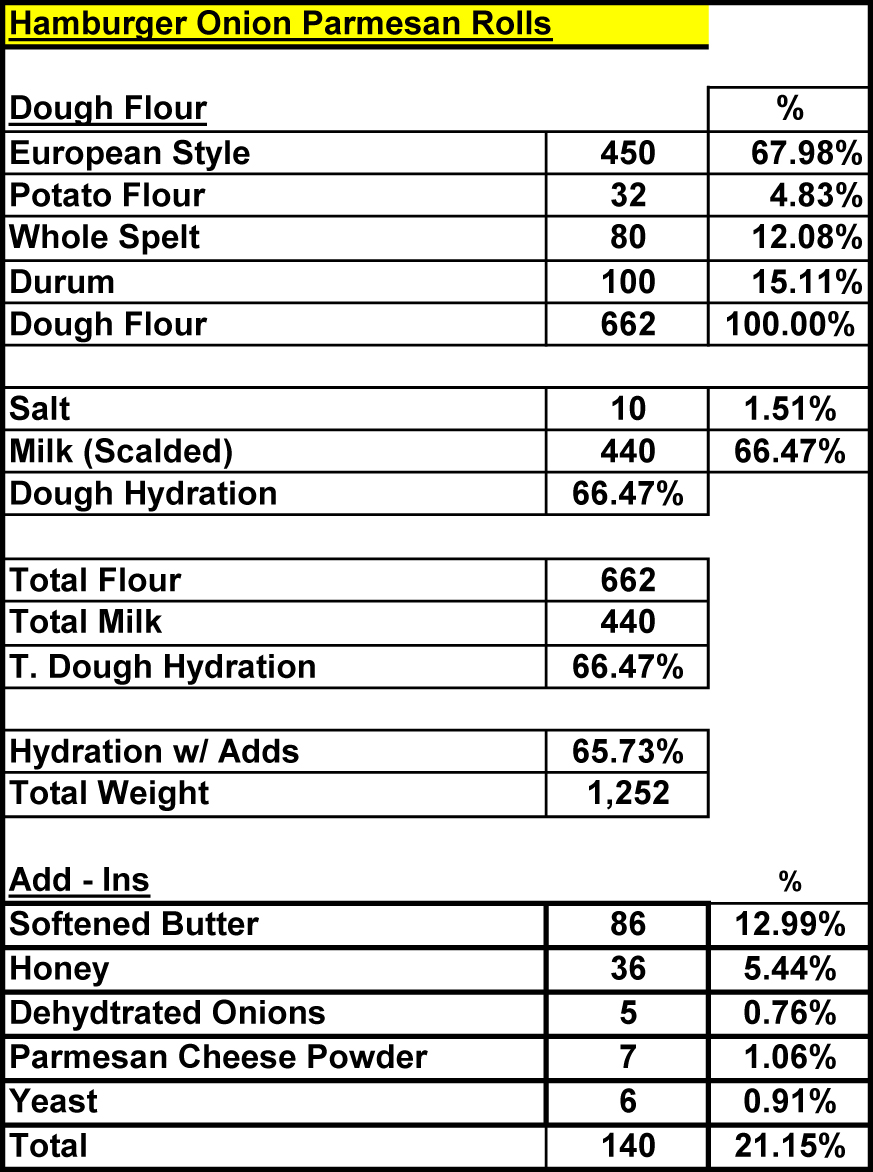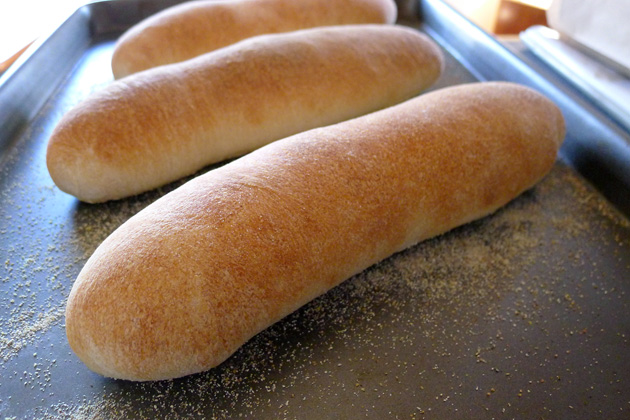
Dutch Oven Baking - Atta Durum Flour and K.A. Bread Flour
This bread is made using 50% Golden Temple Atta durum wheat flour (not semolina) and 50% King Arthur bread flour. In the past I have used King Arthur durum flour. For this bake I decided to try Golden Temple Atta. The main difference I noticed between the King Arthur and Golden Temple durum flour, is King Arthur durum gives a yellowish color to the crumb, whereas Atta gives the crumb a light- golden tan color. Other than color, I think the flavor of the two flours are comparable in taste/flavor. After I finished baking this bread, I was putting away the Golden Temple Atta, it dawned on me that Varda had written a blog a while back on Atta durum flour, where she discussed some problems, options for mixing and hydration. Using the TFL search function I found Varda’s: “Atta Durum Hearth Loaf” and read her excellent post on the characteristics of this flour and how she dealt with “taming the beast”. The comments on the post were also interesting. Varda used 100% Atta durum in her loaf, where I used only 50% Atta. Incidentally, Varda’s loaf was beautiful. Next time I will try using 100% Atta durum flour for this formula to see what results I get.
As can be seen in the photos, I used the Dutch oven method, which works well with this high-hydration dough. In fact, I bake about half of all my bread in a Dutch oven. As for shape, my personal preference is oval, rather than round Dutch oven. The main reason is the oval (except for each end of the loaf) allows the slices to be fairly uniform in size/shape; nice for sandwiches.
After shaping, the loaves were retarded overnight in bannetons inside a plastic bag. I preheated the oven to 500 degrees. The temperature of the Dutch oven were room temp., not preheated. I turned the shaped loaves from the bannetons into the Dutch oven, put the lid on and set them on the stone in my oven (see photo). As can be seen in the photo, these Dutch ovens are large; the pair span the entire oven rack.
I made slightly less than 8 pounds (7.85 lbs.) of dough and divided it equally into 2 – nearly four pound loaves. The formula can be halved to produce approximately 4 pounds of dough, which can then be divided equally to produce 2 – approximately two pound loaves. I also used a double-levain build. The first build takes 12-14 hours (overnight), the second build, because of the yeast activity, takes much less time, 2-3 hours. The final-dough flour and water was mixed together and allowed to autolyse for 30 minutes before adding the levain to the final dough mix. After the autolyse, the levain was mixed with the final dough mixture for approximately 8 minutes (DLX Attendent - 10 qt. stand mixer - low speed) before the salt was added. After adding salt it was then mixed an additional 4 minutes on low speed. The dough was given 4 stretch and folds; one at the beginning of bulk fermentation, 3 more at 20 minute intervals for a total of one hour. The dough was allowed to bulk ferment for an additional hour after the stretch and folds. At the end of the 2 hour folding and bulk fermentation process the dough was divided, pre-shaped and allowed to rest on the work surface, covered, for 30 minutes. Then the final shaping was done, after which the dough was placed into bannetons (seam side up) and retarded in the fridge overnight in plastic bags.
Note 1: Before turning the dough into the Dutch oven, generously sprinkle the top of the dough in the bannetons with semolina. After the dough is turned out of the banneton(s) into the Dutch oven, the semolina will act as an insulator and keep the bottom of the loaf from scorching.
Note 2: After 20 minutes of baking at 500 deg. F, reduce the oven temperature to 480 deg. F. After an additional 10 minutes further reduce the oven temperature to 470 deg. F.
Also, turn the Dutch ovens around every 20 minutes. Remove the lids approximately 10 minutes before the end of the baking cycle. These 4 lb. loaves were baked for 58 minutes, the final 10 minute with the lidsoff the Dutch ovens.
Note 3: A few months ago I started experimenting with Chad Robertson’s technique for high-hydration dough. He uses warm water in his final dough mix. After final dough mix, Robertson places the dough into a plastic tub and over a 3-4 hour period he thoroughly turns the dough back on itself at half hour intervals (see Chad Robertson’s Masters Video clip on YouTube). This method is really effective for developing strong gluten and really gets the yeast cranking. So much so that when you try to retard the dough the yeast keeps on cranking/fermenting in the fridge, and when it is taken out of the fridge the following day the dough is over-proofed. This results in the dough degassing when it is scored, before going into the oven. This happen to me three times, with two different types of dough. So, I asked David Snyder what he thought about solving the problem? He suggested using cold water in the final dough mix and lowering the fermentation temperature. Thank you, David. That’s what I did. In short, I used cold water for the final dough mix, shortened the total bulk fermentation time to 2 hours and retarded it overnight for about 12 hours. The combination of cold water and shorter bulk fermentation time kept the yeast activity suppressed during retardation. After removing the bannetons from the fridge I was able to leave the dough in the bannetons for close to two hours, allowing them to nearly double in volume, at room temperature, before putting them onto the D-o, scoring them, covering them and placing them in the preheated oven.
Note 4: If you are not retarding your loaves, then you don’t need to use cold water in the final dough mix. You can use room temperature water.
Overall, the final dough mix has: 71 oz. flour, 53.25 oz. water and 1.42 oz. salt. These ingredients make 7.85 lbs. of dough. The final dough is 75% hydration.
Levain build No. 1 (12—14 hours)
2 oz. ripe sourdough starter (heaping tablespoon)
8 oz. water
8 oz. bread flour
Levain build No. 2 (2-3 hours)
All of levain build no. 1
8 oz. water
8 oz. bread flour
Final Dough Mix
19.5 oz. bread flour
35.5 oz. Atta durum flour
37.25 oz. cold water (keeps the dough from over-proofing during retardation)
1.4 oz. salt






































